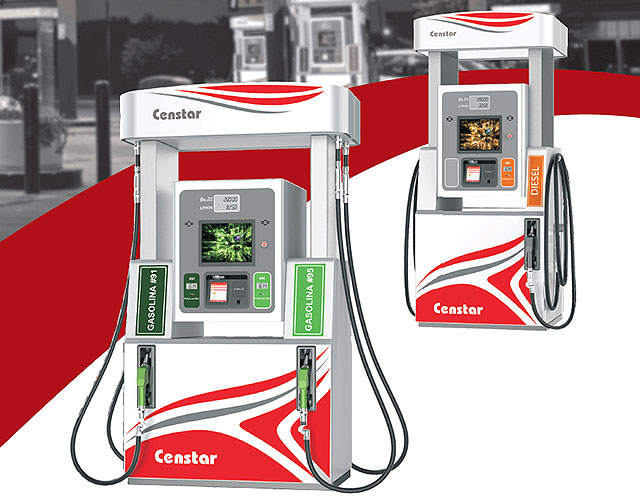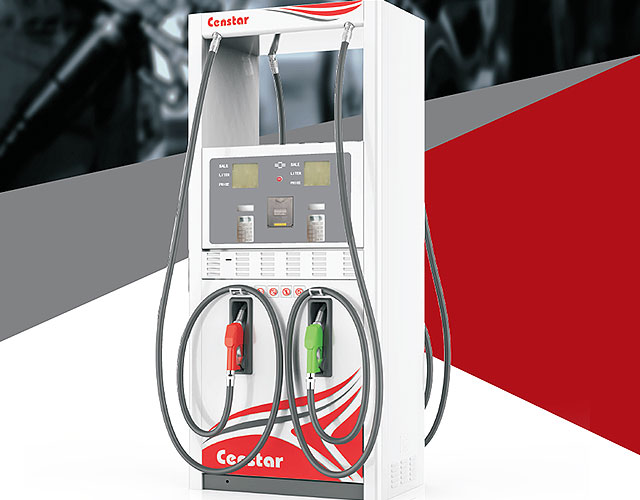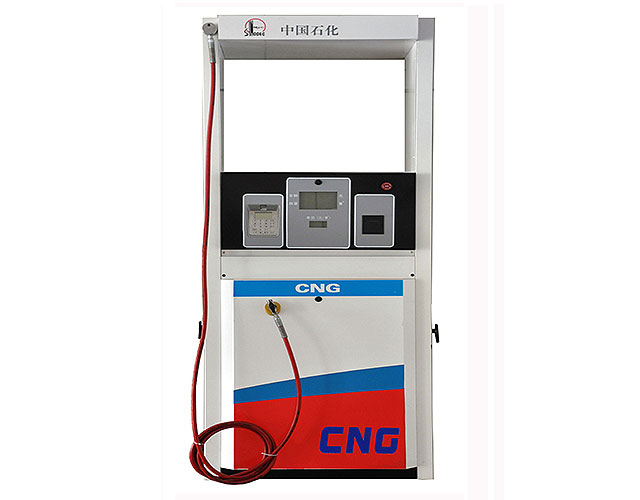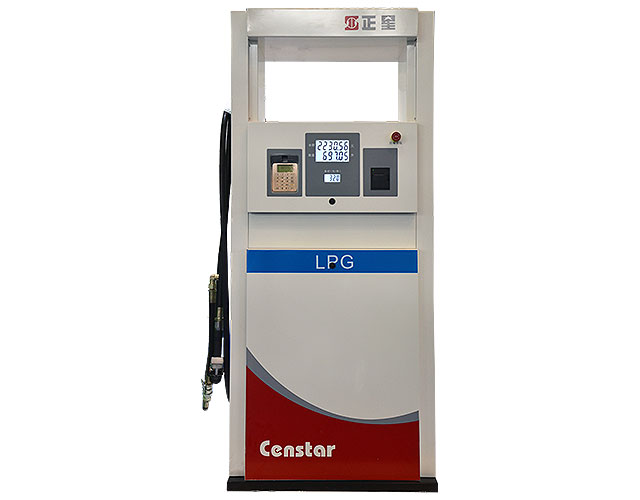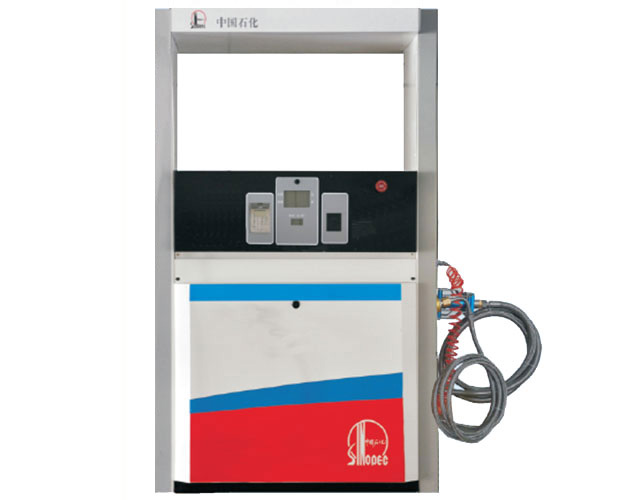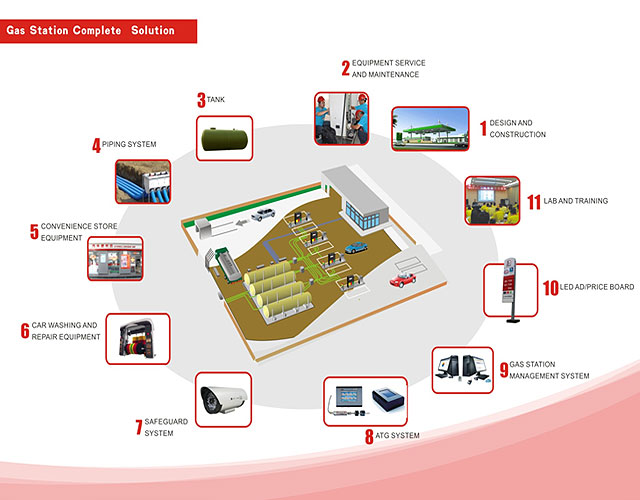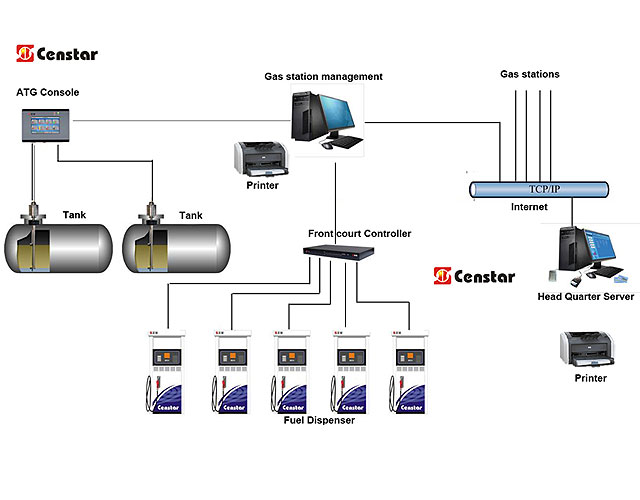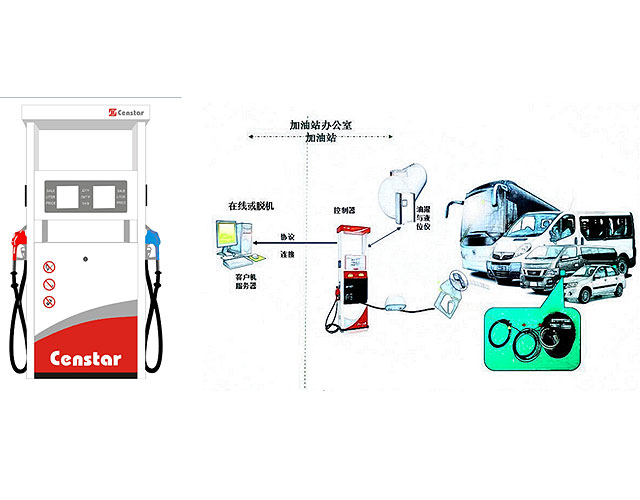radar tank gauge working principle

Best Practices for Level Measurement Chemical Processing
Radar. Applicable to point or continuous applications, it measures the travel time of an impulse reflected from the liquid surface. Interfer ence echoes from tank internals, and agitators are suppressed and signals can be characterized to give liquid volume. The sensor doesn’t contact the liquid but is exposed to headspace conditions, which

Level sensor Wikipedia
A variation of magnetic sensing is the "Hall effect" sensor which utilizes the magnetic sensing of a mechanical gauge's indications. In a typical application, a magnetism sensitive "Hall effect sensor" is affixed to a mechanical tank gauge that has a magnetized indicator needle, so as to detect the indicating position of the gauge's needle.

Tank Level Gauging RTG Marine Tank Management
Tank Level Gauging LevelDatic Electro pneumatic tank measurement for ballast tanks, void spaces, fuel oil tanks and Water Ingress Monitoring. The analogue LevelDatic 80S was developed following requests from the marine industry. The LevelDatic 80S is based on the hydrostatic measuring principle.

Tech Descr TR PM6 Marine Electrical Technology
Radar Principle and its Advantages The main advantages for using radar for tank gauging are: • Radar waves never get stuck. • Radar waves are not affected by the atmosphere above the product in the tank. • The only part located within the tank is the antenna.

Tank Gauging System Emerson US
Tank gauging means liquid measurement in large storage tanks to determine product volume. Rosemount™ Tank Gauging System ensures accurate level, temperature, and pressure measurements for inventory control, oil movement and overfill prevention, securing efficient operations.

Level Measurement Technologies In The Process Control
Few things are as ubiquitous in the process control industry as the need to measure the level of a process material in a container. Whether that material is water, waste water, petroleum, sugar, or any other form of liquid or solid, level measurement accuracy can be a determining factor in both profit margins and safety.

Increased plant safety puts focus on tank gauging
Radar technology is dominating the tank gauging market. Nowadays, refineries and bulk liquid storage plants have realized the benefits of choosing radar over mechanical servo gauges. Also, whereas the working principle of for example servo gauges requires moving parts in contact with the product inside the tank, radar technology has

Radar Level Transmitters AutomationWiki
Hence, FMCW happens to be the only system which can be suitably used for meeting high accuracy requirements of tank gauging. Pulsed radar systems . They are also referred to as pulsed time of flight systems. Their working principle is very much like ultrasonic level transmitters. “Pulsed Wave systems emit a microwave burst towards the process

Radar Basics Radar Principle
Radar Principle. The electronic principle on which radar operates is very similar to the principle of sound wave reflection. If you shout in the direction of a sound reflecting object (like a rocky canyon or cave), you will hear an echo. If you know the speed of sound in air, you can then estimate the distance and general direction of the object.

Operating Principle of Non Contacting Radar Level Sensors
Principle of Operation of Non Contacting Radar Level Sensors/Gauges ; Accuracy Level of Radar Instruments; radar signals are transmitted from the antenna of a radar instrument located at the top of a tank or vessel as shown below: How Turbine Flow meters Work. Principles &

Level measurement Automaatika
radar gauge mounting location to the surface of the material (Figure 3). The level measurement is determined by subtracting the ullage from the distance the radar gauge is mounted above the tank bottom (or reference gauge height.) FIGURE 3. Radar Measurement Tank Bottom or Strike Plate Reference Gauge Height Level = Reference Gauge Height

Enraf Radar Sensors
The Enraf Radar Gauge integrates temperature, pressure and ballast data in a compliant, robust and compact system. We can supply Enraf Radar Sensors, Enraf spare parts and other Enraf equipment such as Pressure Transmitters and Communication Units worldwide. Due to our worldwide network and large stock, we are able to deliver the equipment in a

FMCW Radar Level Transmitter Working Principle
A radar signal is emitted via an antenna, reflected on the product surface and received after a time t. The radar principle used is FMCW (Frequency Modulated Continuous Wave). The FMCW radar transmits a high frequency signal whose frequency increases linearly during the measurement phase (called the frequency sweep). The signal

Non Contacting Radar Level Transmitter Working Principle
For non contacting radar level measurement there are two main modulation techniques, Pulse radar technique FMCW (Frequency Modulated Continuous Wave) radar technique Basic principle Non contacting pulse radar sends out a microwave signal that bounces off the product surface and returns to the sensor. The transmitter measures the time delay between the

The Pros and Cons of Radar Level Transmitters
Even though radar level transmitters are often considered the more accurate measurement tool, there a few things to think about when deciding which level measurement tool is right for your machines and processes. Some disadvantages of radar level transmitters include: Possible installation hassles depending on the tank's design.

China tank gauging system wholesale 🇨🇳 Censtar
China Tank Gauging System, China Tank Gauging System Suppliers and Manufacturers Directory Source a Large Selection of Tank Gauging System Products at tank level gauge ,digital fuel tank gauge ,fuel tank monitoring system from China Mtrd 1000a6 26ghz Pulse Radar Water Tank Level Gauge Instrument Mtrd 1000a6 26ghz Pulse Radar

Radar Tank Level Gauge Radar Level Transmitter
8900d High Accuracy FMCW Radar Tank Level Gauge. The Motherwell Tank Gauging 8900d digital tank radar level gauge is a high accuracy radar gauge designed for use in custody transfer tank gauging applications and exceeds the requirements of UK weights and measures standards for tank gauges.

Common Tank Gauging Technologies and How They Work
Radar gauge measurement is independent of the process conditions inside the tank. Temperature, pressure and gas vapors have minimal affect on “radar beams”. The dielectric constant of the liquid being measured is a critical factor when considering a radar tank gauging solution. Radar Antennae

Saab TankRadar Level Gauges Marine Tank Management
Saab TankRadar Level Gauges. Rosemount TankRadar® PRO 5600 is the sixth generation of radar level gauges from the world's leading manufacturer of radar level gauging equipment. It is especially designed for the process or lower accuracy inventory gauging

Radar altimeter Wikipedia
A radar altimeter measures absolute altitude the height Above Ground Level (AGL). Absolute altitude is sometimes referred to as height [citation needed] because it is the height above the underlying terrain. As of 2010, all commercial radar altimeters use linear frequency modulation continuous wave


